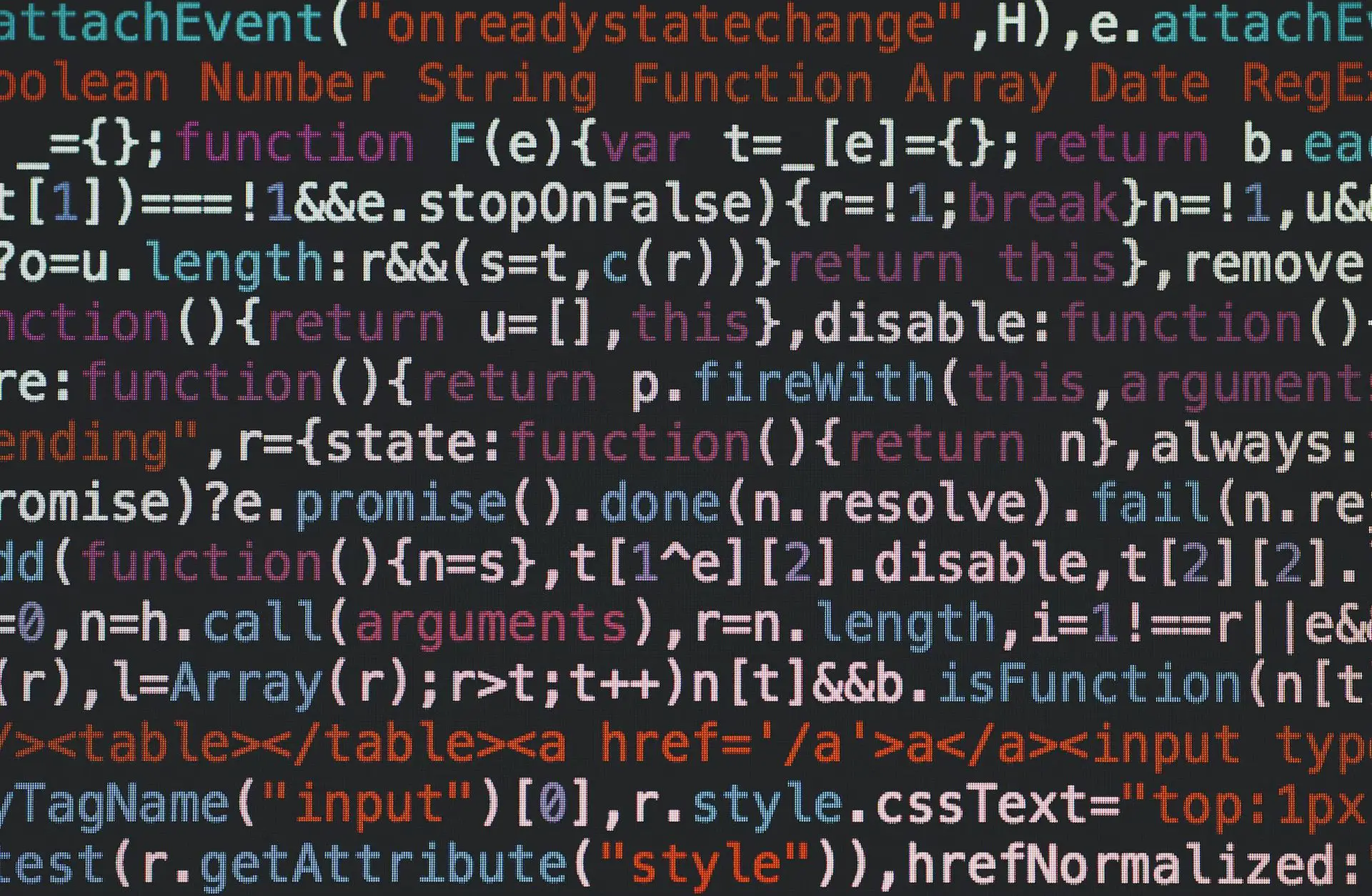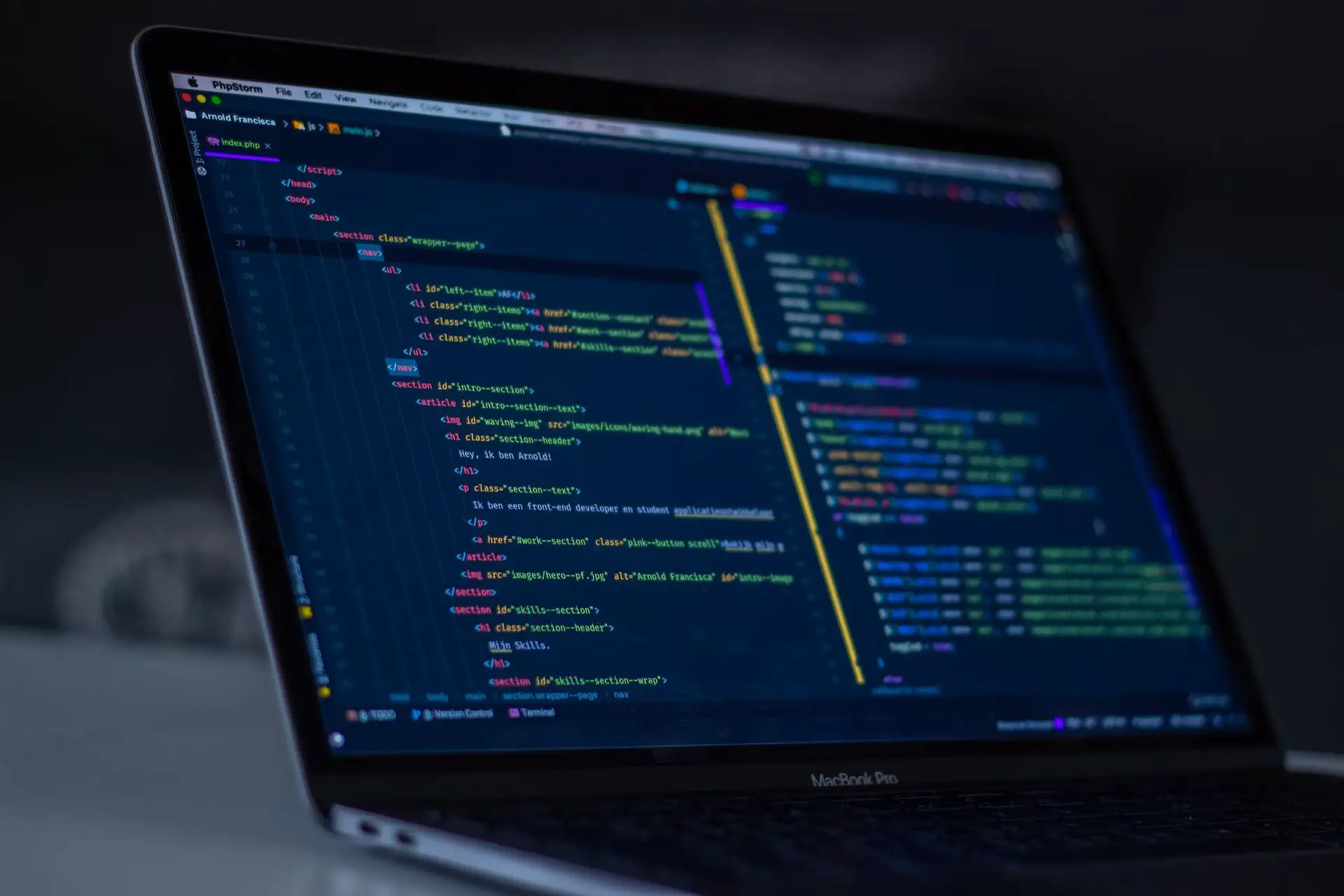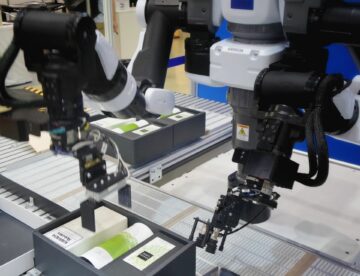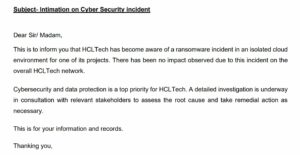Rule-based system in artificial intelligence has brought us one step closer to the dream of creating machines that can reason and make decisions like humans. By using a set of predefined rules to process information and provide solutions, these systems have become an essential tool for solving complex problems in various fields, from healthcare and finance to manufacturing and logistics.
The ability of rule-based systems to provide transparency and interpretability has made them particularly attractive in domains where trust and accountability are critical. As the field of AI continues to evolve, rule-based systems are expected to play an increasingly important role in shaping the way we work, live, and interact with technology.
What is rule-based system in artificial intelligence?
A rule-based system in artificial intelligence is a type of expert system that uses a set of predefined rules to make decisions or provide solutions to problems. These rules are derived from the knowledge of human experts in a particular domain, which are then codified into a set of rules that the system can use to reason about new situations.
This type of system is often used in applications that require the ability to reason with complex, uncertain or incomplete information, such as medical diagnosis, financial analysis, and fraud detection. The advantage of using rule-based systems is that they can provide a transparent and interpretable framework for decision-making, and they can be easier to maintain and update compared to other AI models that use more complex algorithms.
However, a potential drawback of rule-based systems is that they may not be able to handle situations outside of the predefined rules, and in cases where the rules are incomplete or incorrect, the system may provide inaccurate or incomplete solutions.

What is rule-based approach?
The rule-based approach is a methodology used in artificial intelligence and expert systems to make decisions or provide solutions to problems. In this approach, a set of rules, derived from the knowledge of human experts in a particular domain, are codified into a set of logical statements that the system can use to reason about new situations. These rules typically take the form of “if-then” statements, where if a certain condition is met, then a certain action should be taken.
The rule-based approach is often used in situations where the decision-making process is well-defined and can be represented using a set of rules. This approach can be applied in various fields such as medicine, finance, and engineering, among others.
AI 101: A beginner’s guide to the basics of artificial intelligence
Advantages of using a rule-based approach
One of the main advantages of using a rule-based approach is its transparency and interpretability. Since the rules are derived from the knowledge of human experts, the decision-making process can be easily understood and explained. This makes it easier for the system to gain the trust of users and stakeholders.
Another advantage of using a rule-based approach is that it can be easier to maintain and update compared to other AI models that use more complex algorithms. In the rule-based approach, the rules can be easily modified or updated based on new information or changing requirements. This makes it more flexible and adaptable to changes in the environment.

Disadvantages of using a rule-based approach
One of the main disadvantages of using a rule-based approach is its inflexibility in handling situations that fall outside of the predefined rules. If a situation is not covered by the rules, the system may not be able to provide an accurate solution. Additionally, in cases where the rules are incomplete or incorrect, the system may provide inaccurate or incomplete solutions.
Another potential disadvantage of using a rule-based approach is its scalability. As the number of rules increases, the complexity of the system also increases, which can make it more difficult to maintain and update. This can also lead to longer processing times and increased computational requirements.
Comparison with other AI approaches
The rule-based approach is just one of the many approaches used in artificial intelligence. Other approaches include machine learning, deep learning, and natural language processing. Here are some key differences between the rule-based approach and other AI approaches:
Machine learning
Machine learning is an approach in AI that involves the use of algorithms to learn patterns from data. In machine learning, the system is trained on a large dataset and uses statistical models to make predictions or decisions about new data. Unlike the rule-based approach, machine learning does not require a set of predefined rules. Instead, the system learns from the data and identifies patterns or relationships that can be used to make predictions or decisions.

Deep learning
Deep learning is a subset of machine learning that involves the use of neural networks to learn from data. In deep learning, the system is trained on a large dataset using multiple layers of artificial neurons. The system can automatically learn and extract features from the data, without the need for manual feature engineering. Deep learning is often used in applications that require image recognition, speech recognition, and natural language processing.
Creating an artificial intelligence 101
Natural language processing
Natural language processing (NLP) is an approach in AI that focuses on the interaction between computers and humans using natural language. NLP involves the use of algorithms and techniques to analyze, understand, and generate human language. NLP is often used in applications such as chatbots, virtual assistants, and sentiment analysis.
| Rule-Based Approach | Machine Learning | Deep Learning | Natural Language Processing |
| A set of predefined rules are used to make decisions or provide solutions | Algorithms are used to learn patterns from data | Neural networks are used to learn from data | Algorithms are used to analyze, understand, and generate human language |
| Well-defined decision-making processes that can be represented using a set of rules | Complex, uncertain or incomplete information that can be represented using statistical models | Complex data that can be represented using artificial neural networks | Human language interaction |
| High | Low | Low | Variable |
| Limited | High | High | Low |
| High | Low | Low | Variable |
| Decreases as the number of rules increases | Increases as the amount of data increases | Increases with larger neural networks | Variable |
Rule-based expert system examples
Rule-based expert systems have been used in various industries to provide solutions to complex problems. Here are some examples of industries that have used rule-based expert systems:
Healthcare
Rule-based expert systems have been used in healthcare to provide medical diagnosis and treatment recommendations. For example, MYCIN, a rule-based expert system developed in the 1970s, was designed to assist physicians in the diagnosis and treatment of bacterial infections. Another example is Dxplain, which uses a rule-based approach to assist physicians in diagnosing medical conditions.
Finance
Rule-based expert systems have also been used in finance to provide investment advice and financial analysis. For example, FICO’s credit scoring system is a rule-based expert system that uses credit history and other financial data to assess creditworthiness. Another example is the LegalRuleML, a rule-based system for legal decision making.

Manufacturing
In the manufacturing industry, rule-based expert systems have been used to improve production processes and optimize supply chain management. For example, General Electric used a rule-based expert system to optimize the production process of its aircraft engines, resulting in significant cost savings and improved efficiency.
Digital transformation in manufacturing: An overview
How impactful are rule-based expert systems on their respective industries?
The impact of rule-based expert systems on their respective industries can be significant. Rule-based systems can provide faster and more accurate decision-making, resulting in increased efficiency and productivity. They can also provide consistent and reliable solutions, reducing the risk of errors and improving overall quality.
Additionally, rule-based expert systems can reduce the need for human experts in certain areas, resulting in cost savings and increased scalability. However, it is important to note that rule-based expert systems are not always a replacement for human experts, and should be used as a tool to enhance human decision-making.

Bottom line
The rule-based system in artificial intelligence has become an increasingly important tool for decision-making and problem-solving in various industries. By providing a transparent and interpretable framework for decision-making, rule-based systems have been able to improve the efficiency and effectiveness of many business processes.
While this approach may have some limitations, such as inflexibility and scalability, its ability to provide consistent and reliable solutions has made it a popular choice for tackling well-defined problems. As the field of AI continues to evolve, it is likely that rule-based systems will continue to play an important role in shaping the future of technology and the way we work and live.
- SEO Powered Content & PR Distribution. Get Amplified Today.
- PlatoAiStream. Web3 Data Intelligence. Knowledge Amplified. Access Here.
- Minting the Future w Adryenn Ashley. Access Here.
- Source: https://dataconomy.com/2023/04/25/rule-based-system-in-artificial-intelligence/
- :has
- :is
- :not
- :where
- 1
- 10
- 13
- 9
- a
- ability
- Able
- About
- accountability
- accurate
- Action
- Additionally
- ADvantage
- advantages
- advice
- AI
- aircraft
- algorithms
- also
- always
- among
- amount
- an
- analysis
- analyze
- and
- Another
- applications
- applied
- approach
- approaches
- ARE
- areas
- artificial
- artificial intelligence
- AS
- assist
- At
- attractive
- automatically
- based
- Basics
- BE
- become
- been
- between
- brought
- business
- business processes
- by
- CAN
- cases
- certain
- chain
- Changes
- changing
- chatbots
- choice
- closer
- codified
- compared
- complex
- complexity
- computers
- condition
- conditions
- consistent
- content
- continue
- continues
- Cost
- cost savings
- covered
- Creating
- credit
- creditworthiness
- critical
- data
- decision
- Decision Making
- decisions
- deep
- deep learning
- Derived
- designed
- Detection
- developed
- differences
- difficult
- Disadvantage
- does
- domain
- domains
- dream
- easier
- easily
- effectiveness
- efficiency
- Electric
- end
- Engineering
- Engines
- enhance
- Environment
- Errors
- essential
- evolve
- example
- examples
- expected
- expert
- experts
- explained
- extract
- Fall
- faster
- Feature
- Features
- field
- Fields
- finance
- financial
- financial data
- flexible
- focuses
- For
- form
- Framework
- fraud
- fraud detection
- from
- future
- future of technology
- Gain
- General
- General Electric
- generate
- guide
- handle
- Handling
- Have
- healthcare
- here
- history
- However
- HTTPS
- human
- Humans
- identifies
- if
- image
- Image Recognition
- Impact
- impactful
- important
- improve
- improved
- improving
- in
- inaccurate
- include
- increased
- Increases
- increasingly
- industries
- industry
- Infections
- information
- instead
- Intelligence
- interact
- interaction
- into
- investment
- IT
- ITS
- jpg
- just
- just one
- Key
- knowledge
- language
- large
- larger
- layers
- lead
- LEARN
- learning
- Legal
- like
- likely
- limitations
- live
- logical
- logistics
- longer
- Look
- machine
- machine learning
- Machines
- made
- Main
- maintain
- make
- MAKES
- Making
- management
- manual
- manufacturing
- manufacturing industry
- many
- max-width
- May..
- medical
- medicine
- Methodology
- models
- modified
- more
- multiple
- Natural
- Natural Language
- Natural Language Processing
- Need
- networks
- Neural
- neural networks
- Neurons
- New
- nlp
- number
- of
- often
- on
- ONE
- Optimize
- or
- Other
- Others
- outside
- overall
- particular
- particularly
- patterns
- plato
- Plato Data Intelligence
- PlatoData
- Play
- Popular
- popular choice
- potential
- Predictions
- problem-solving
- problems
- process
- processes
- processing
- Production
- productivity
- provide
- providing
- quality
- reason
- recognition
- recommendations
- reduce
- reducing
- Relationships
- reliable
- represented
- require
- Requirements
- respective
- resulting
- Risk
- Role
- rules
- Savings
- Scalability
- scoring
- sensitive
- sentiment
- set
- shaping
- should
- significant
- since
- situation
- situations
- solution
- Solutions
- Solving
- some
- speech
- Speech Recognition
- stakeholders
- statements
- statistical
- Step
- such
- supply
- supply chain
- supply chain management
- system
- Systems
- Take
- techniques
- Technology
- that
- The
- The Basics
- The Future
- their
- Them
- then
- These
- they
- this
- times
- to
- tool
- trained
- Transformation
- Transparency
- transparent
- treatment
- Trust
- type
- typically
- Uncertain
- understand
- understood
- Update
- updated
- us
- use
- used
- users
- using
- various
- Virtual
- was
- Way..
- we
- well-defined
- which
- Wikipedia
- will
- with
- without
- Work
- zephyrnet












